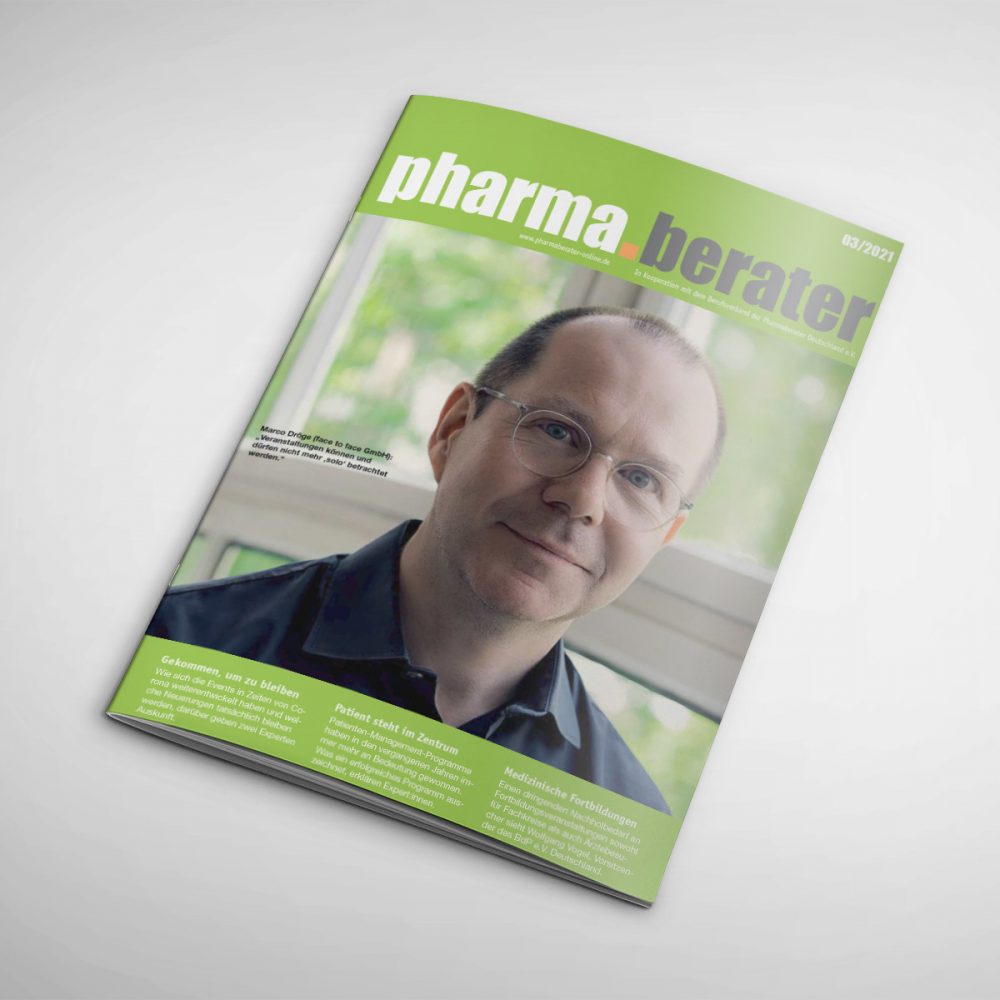

We know from research by CAF that the proportion of people donating to charitable causes in a typical month has decreased over the last year, from 58% to 55%. But what about those who were asked and said no? Could it be that more money could be raised if only people were asked in a more appropriate way? But how do the experiences of those people who don't like these techniques impact on giving levels? DM may raise millions of pounds from the 1.5% who respond to cold appeals, but what about the other 98.5%? F2F may raise millions from the people who sign up. To stop us from asking nicely means ignoring the plight of many," he says.Ī fair and important point. "The sector would lose billions and millions of people would not get help as a result. To stop using them would have a catastrophic effect. Not only that but these tools raise many millions of pounds each year, argues Mark Astarita, director of fundraising at the British Red Cross and chair of the Institute of Fundraising.

Indeed, while the profile of "chugging" may give the perception that it's the most complained-about mechanism, it actually features among eight means of raising cash, including beloved raffles.Įqually, when compared to corporates charities perform well, says Mike Lordan, operations chief at the Direct Marketing Association. Doorstep fundraising received 2,877 complaints (0.145% of volume) while street fundraising received 1,098 complaints (0.003% of volume).

DM may have received almost 15,000 complaints in 2011, but with more than 172m mailings sent these equate to just 0.009% of the volume. But is the use of controversial techniques worth the reputational risk? And what, if anything, can be done to improve perceptions?įirst, it's important to put criticism of F2F and DM into context. Many people believe charities should stop using these techniques before they irreversibly blacken the name of the sector. These complaints tend to focus on the frequency of appeals and poor use of data. Indeed, DM receives the most official complaints of all the fundraising techniques used, generating 14,903 in 2011, according to the Fundraising Standards Board (FRSB). Criticism of direct mail is less vocal, but no less important. Objections to F2F also make regular appearances in newspaper op-eds, blogs and on Twitter, with people grumbling about "aggressive behaviour" and how they can't walk down a street without being asked 20 times.


 0 kommentar(er)
0 kommentar(er)
